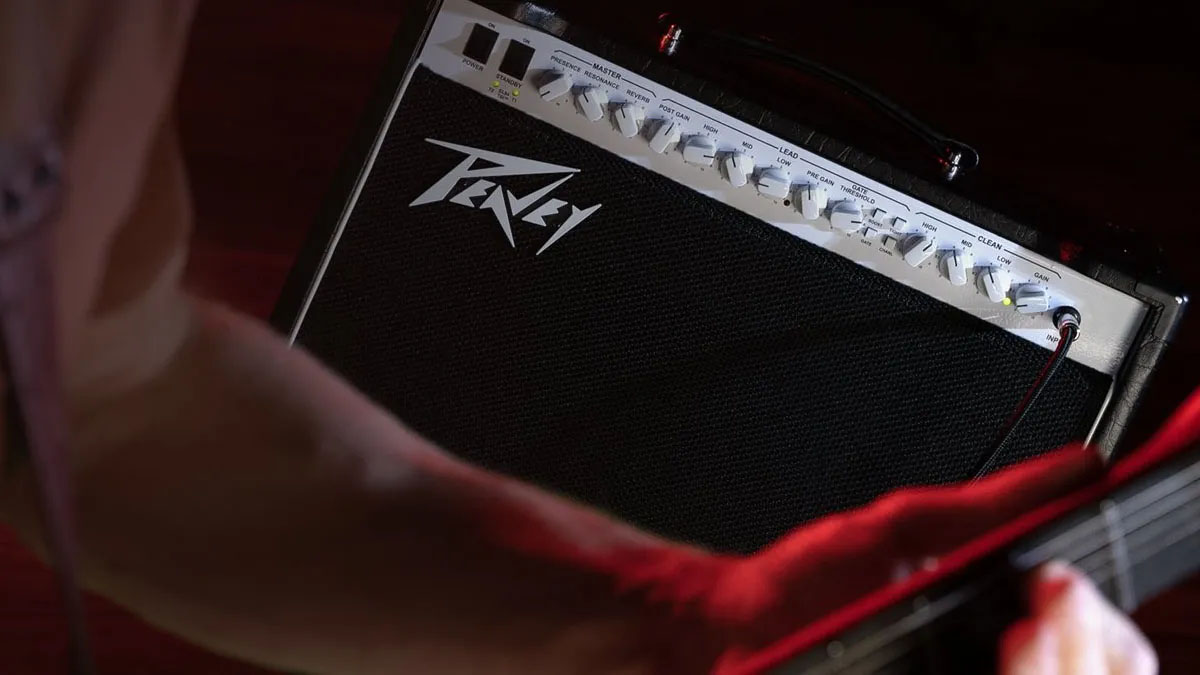Guitar World Verdict
The Peavey Invective .112 combo delivers true big amp sounds with luscious high-gain distortion and tight-but-mammoth bottom end as well as precise modern clean tones that pair well with pedals.
Pros
- +
Individual independent low, mid and high EQ controls for each channel.
- +
Presence and Resonance controls provide impressive “big amp” sounds.
- +
Lead channel’s tone textures can be precisely shaped with Tight, Boost and Gate functions.
Cons
- -
Extra footswitch controller needs to be purchased separately to access all footswitchable functions.
- -
Clean tones have stiff, instantaneous attack.
You can trust Guitar World
Peavey Invective .112 combo: What is it?
Amp-modeling apps, pedals and processors may offer guitarists compelling alternatives to a traditional tube guitar amp, but as long as products like the Peavey Invective .112 that offer distinctive tonal character and versatile features continue to be developed, traditional guitar amps will never be obsolete.
This latest addition to the Peavey Invective line sits nicely in between the full-size Invective .120 and mini Invective .MH guitar amp heads, adding a 1x12 combo to the lineup.
Like the Invective .MH, the Invective .112 is a 20-watt amp driven by a pair of EL84 power tubes and three 12AX7 preamp tubes.
However, it is much more than a combo version of the MH thanks to the clean channel’s expanded EQ control section that includes a separate midrange knob in addition to low and high, the front panel’s Gate threshold control and a built-in reverb effect, plus a Celestion Vintage 30 12-inch speaker housed in a ported open-back premium birch and poplar cabinet.
These additional features are well worth the additional $400 investment above the MH head’s price.
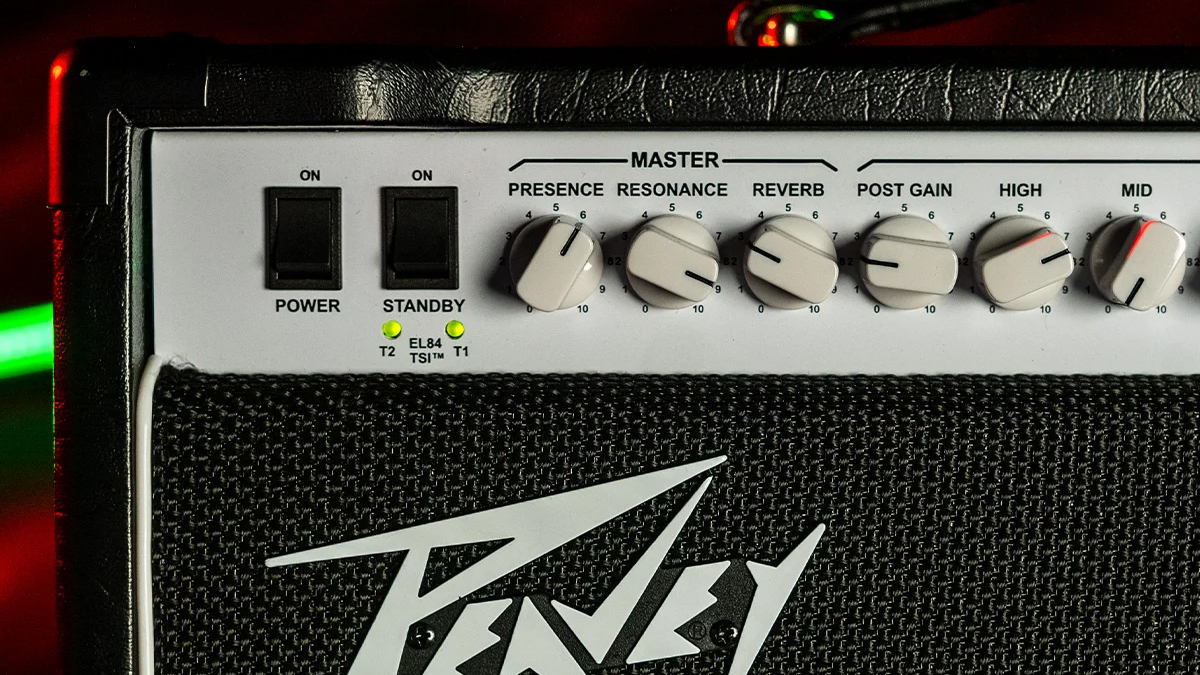
The Invective .112 features two fully independent channels (Clean and Lead) each with their own separate Low, Mid and High EQ controls. The Clean channel also has a Gain (volume) knob, while the Lead channel provides Pre Gain, Post Gain and Gate Threshold knobs and push-switches for engaging Boost, Tight and Gate functions.
A Master section offers Presence, Resonance and Reverb controls for both channels. A pair of output Tube Status Indication (TSI) LEDs located below the standby switch allow players to monitor power tube faults.
Rear panel features consist of a 20-/5-/1-watt power output selector switch, 16-/8-ohm speaker impedance toggle, speaker enable/defeat switch (with built-in dummy load to prevent damage when the speaker is bypassed), 1/8-inch headphone jack, Mic Simulated Direct Interface (MSDI) via the XLR or USB jacks, a Ground Lift switch, mono ¼-inch effect send and return jacks, individual ¼-inch footswitch jacks for channel select/Tight and reverb/Boost + Gate functions.
A single Peavey multi-purpose two-button footswitch controller is included, but you’ll need to buy a second footswitch controller if you want to control all of the footswitch functions at once.
Peavey Invective .112 combo: Specs
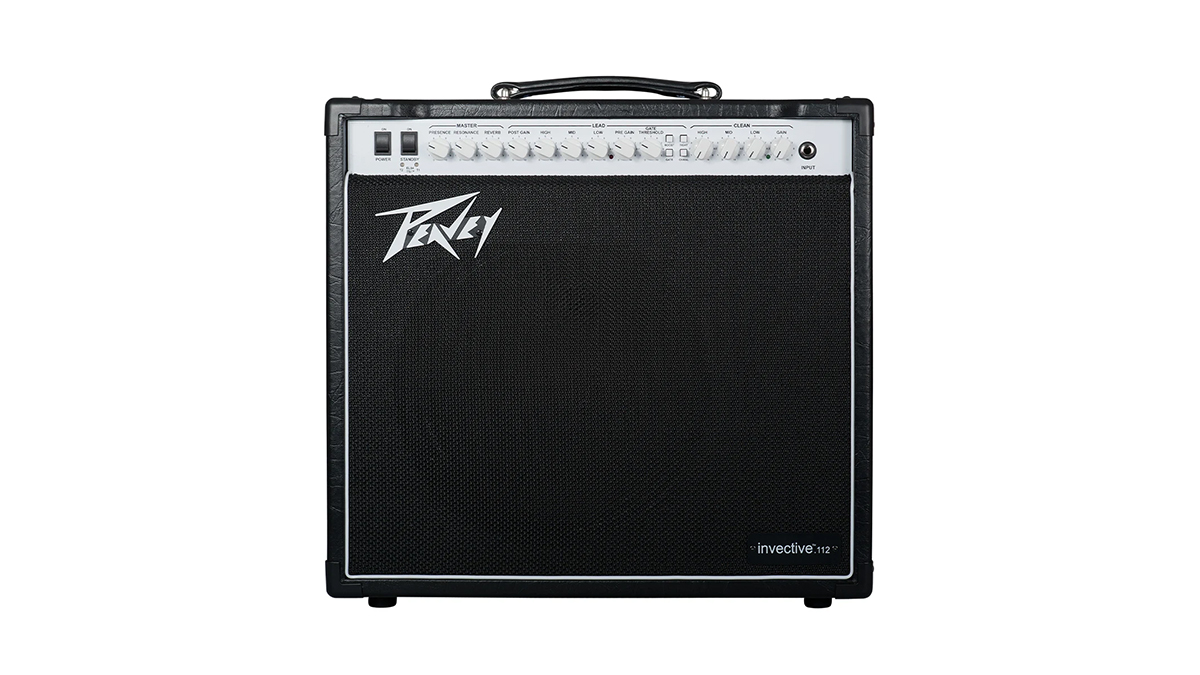
Launch price: $1,199/£1,019
Type: Tube combo
Origin: China
Output: 20 Watts RMS (switchable to 5W/1W)
Speaker: 12", Celestion Vintage 30
Tubes: 3 x 12AX7/ECC83 (preamp),
Channels: 2
Controls: Presence, Master, Reverb; (Lead channel) Post Gain, High, Mid, Low, Pre Gain, Gate/Threshold, Boost switch, Tight switch, Gate switch, Channel switch; (Clean channel) High, Mid, Low, Gain
Connectivity: 1/4" input, MSDI (Mic Simulated Direct Interface) XLR output, 1/8" headphones output, effects loop, footswitch input, 1/4" speaker output (8, 16 ohms), mic-simulated USB output,
Footswitch: Yes
Weight: 17kg
Contact: Peavey
Peavey Invective .112 combo: Usability and sounds
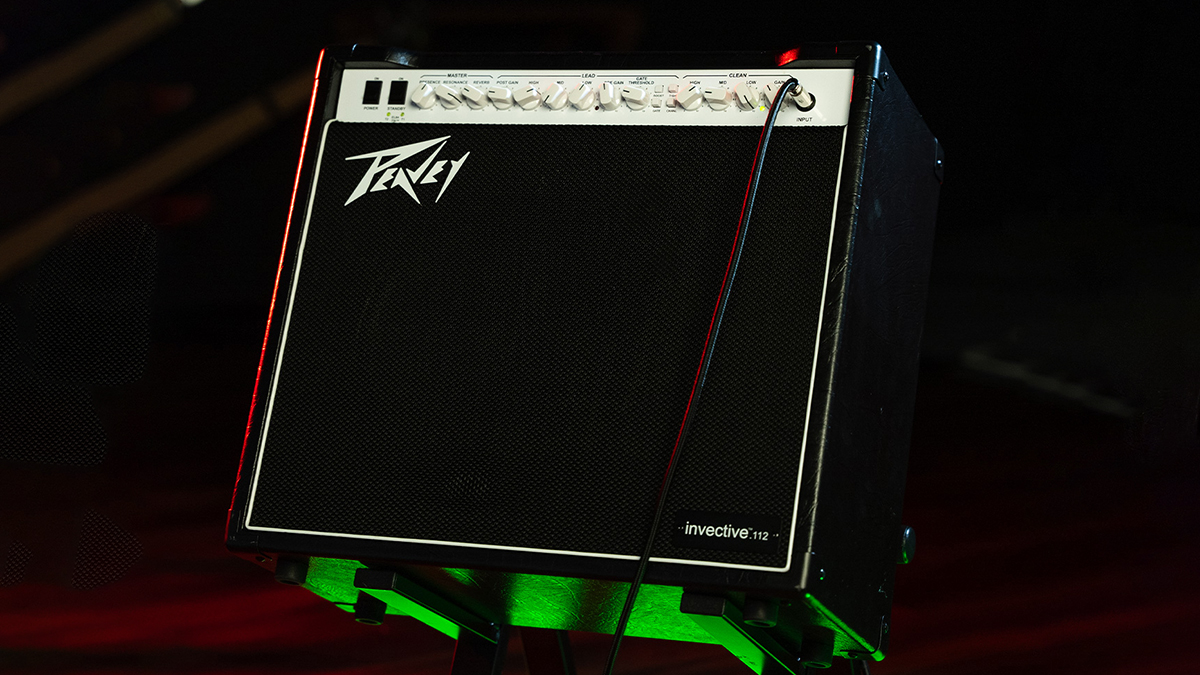
Perhaps the most appealing feature of the Invective .112 is how well it delivers big amp tones and performance in a compact all-in-one package that weighs less than 40 pounds. The Clean channel remains crystal clear up until just below 5 on the Gain when using PAF-style humbuckers, and above that it transitions to subtle, chunky overdrive with just a hint of grit.
This channel’s attack is instantaneous and may sound a little stiff to players used to tube rectifier sag, but it’s perfect for modern guitarists who prefer more precise dynamics that pair well with pedal effects. This channel also provides attractive ambient textures with the built-in reverb effect dialed in.
The Lead channel summons similar super-saturated high-gain tones as the full-size Invective .120 head developed with help from the discriminating ears of Misha Mansoor.
This is full-on modern metal distortion with super-deep bass that is enhanced by the awesome Resonance control, which can be employed in conjunction with the Tight function to dial absolutely huge-sounding yet articulately defined bottom-end. The Presence control similarly provides versatile shaping of treble frequencies for added sizzle or sparkle.
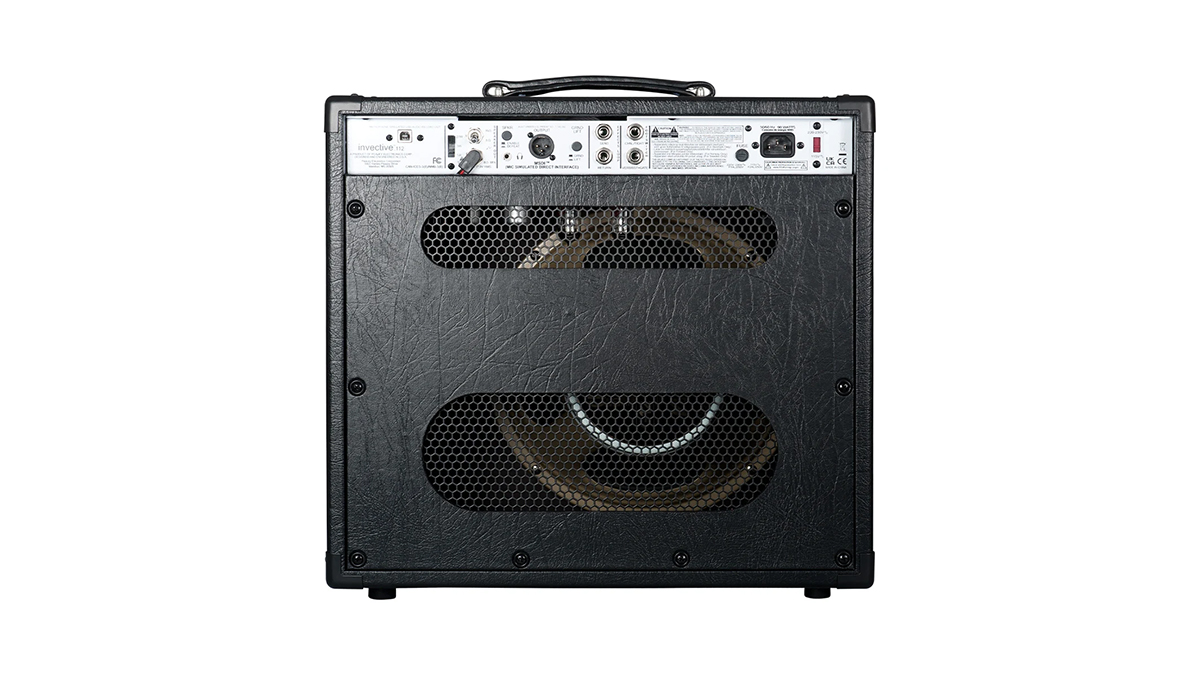
The Boost function provides a slight amount of extra midrange emphasis in addition to increasing the output by a few decibels. Being able to dial in the threshold for the Gate function is worth the price of the upgrade from the MH head alone.
The amp’s MSDI feature is highly useful for live performance applications, providing natural-sounding tones directly to a mixing console. It also works well for direct recording applications, particularly when paired with good IR cabinet/room emulation.
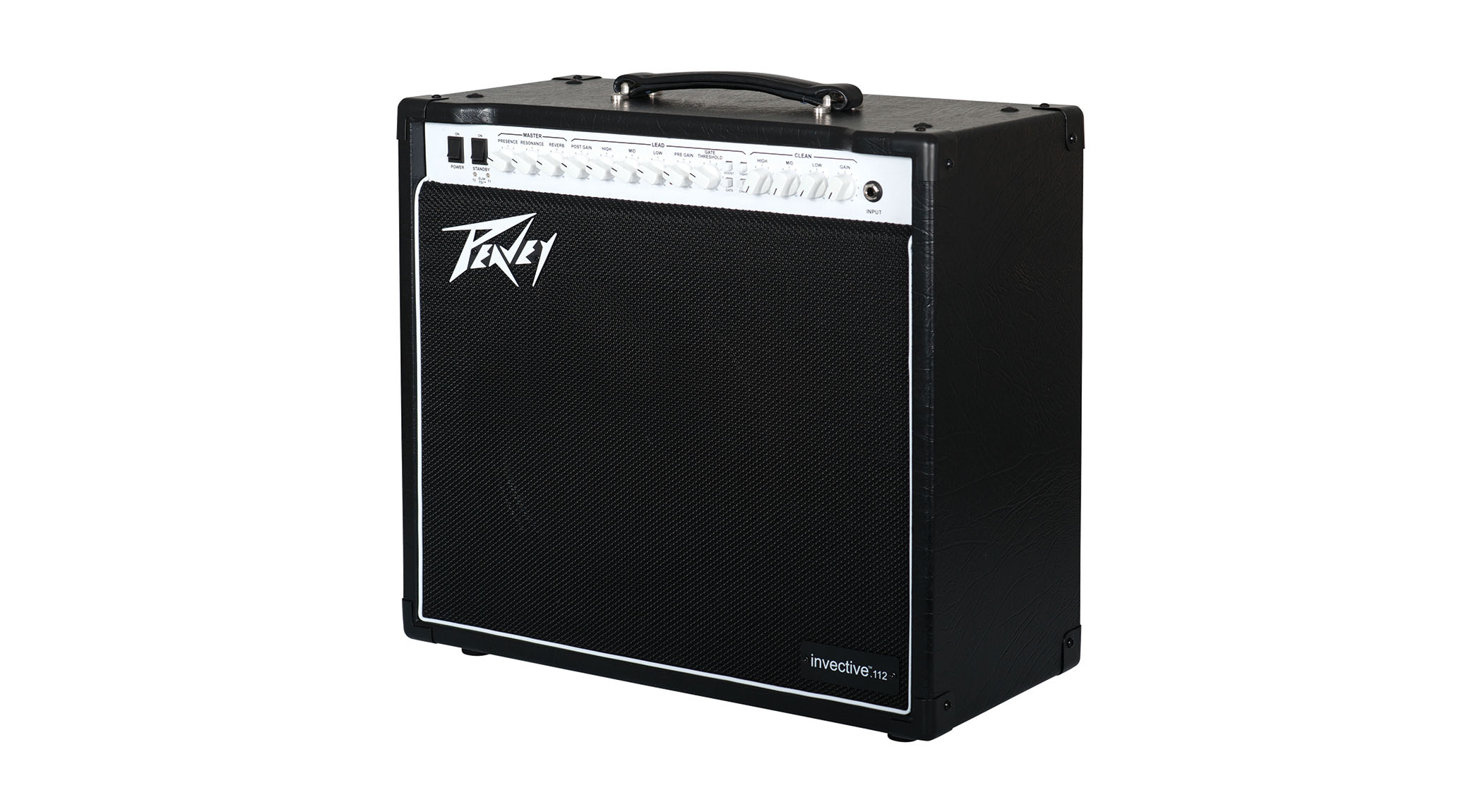
Peavey Invective .112 combo: Verdict
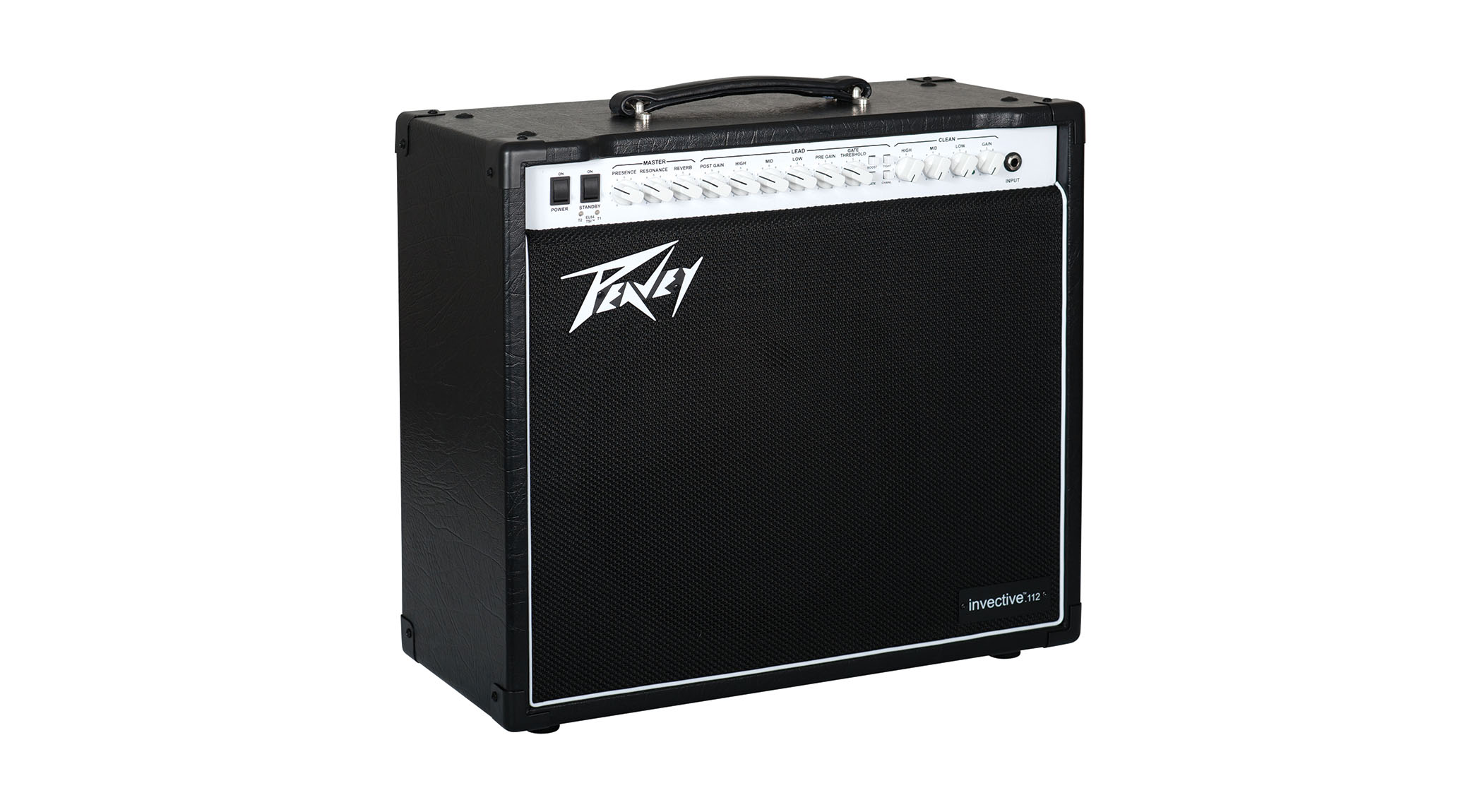
Like the MH head, the Invective .112 combo goes above and beyond in providing a well thought-out and comprehensive configuration of gig-worthy, pro features like independent EQ for each channel, numerous footswitchable functions and excellent DI capabilities.
It does have its own distinct sonic personality that you’ll want to try before you buy, but that’s a major bonus in a world where so many amp models are designed to provide the “same old” classic sounds.
Peavey Invective .112 combo : Hands-on videos
Peavey
Sweetwater and Misha Mansoor
Chris is the co-author of Eruption - Conversations with Eddie Van Halen. He is a 40-year music industry veteran who started at Boardwalk Entertainment (Joan Jett, Night Ranger) and Roland US before becoming a guitar journalist in 1991. He has interviewed more than 600 artists, written more than 1,400 product reviews and contributed to Jeff Beck’s Beck 01: Hot Rods and Rock & Roll and Eric Clapton’s Six String Stories.
“I said, ‘Let’s get Hendrix to play on it.’ His manager said, ‘Jimi’s playing shows back-to-back.’ So we got Jimmy Page”: The hit ’60s single that was supposed to feature Jimi Hendrix… but ended up with Jimmy Page
“It was tour, tour, tour. I had this moment where I was like, ‘What do I even want out of music?’”: Yvette Young’s fretboard wizardry was a wake-up call for modern guitar playing – but with her latest pivot, she’s making music to help emo kids go to sleep
Unlocking the power of 7th chords: expand your guitar chords beyond the basics
